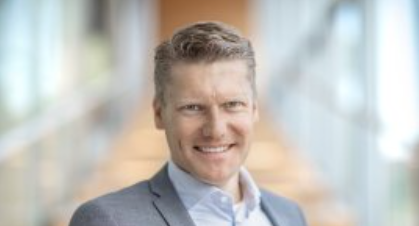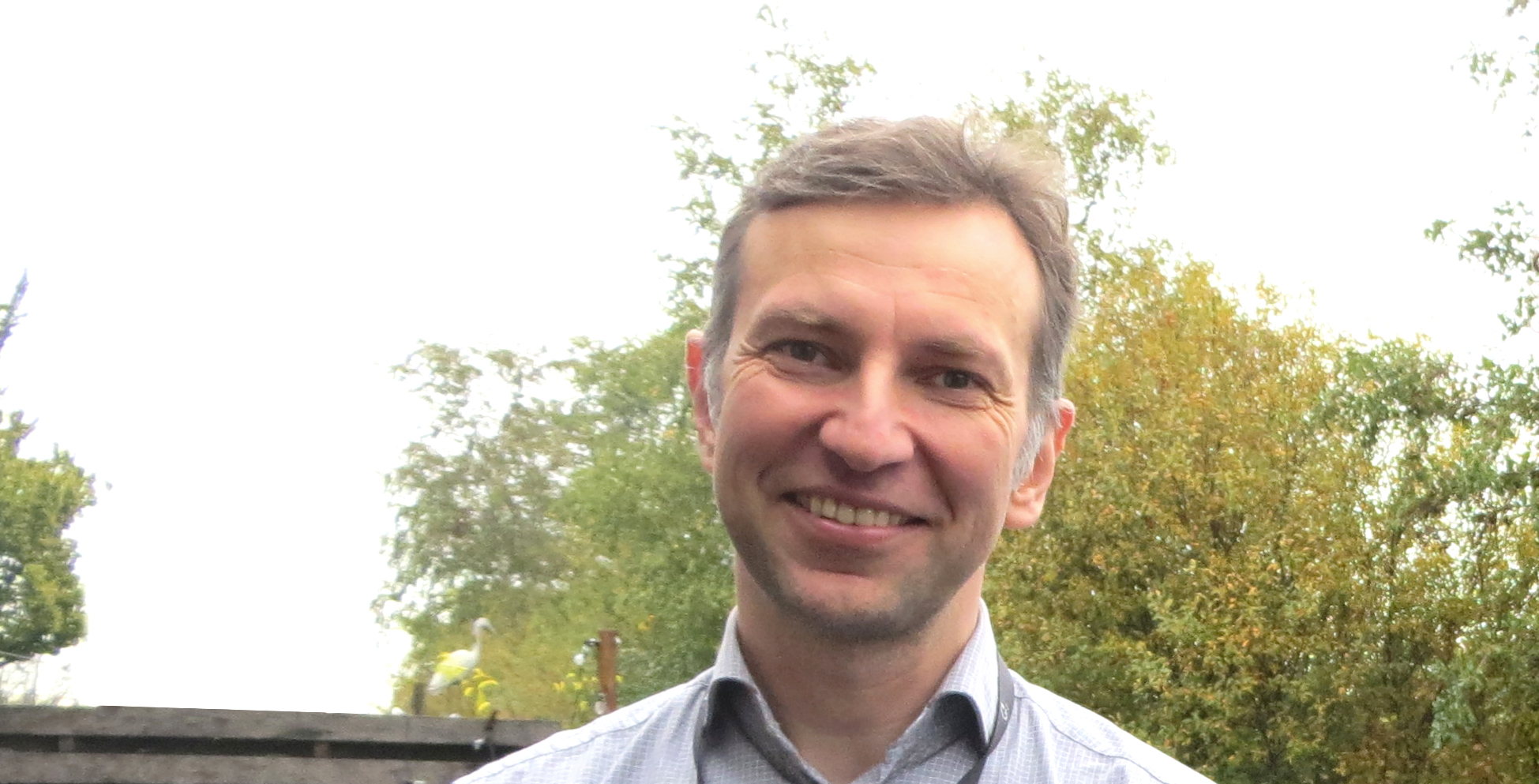Dr. Agathe Chaigne and Dr. Frederik Verweij are amongst the 15 experienced, Utrecht-based researchers awarded a Vidi grant worth 800,000 euros by the Dutch Research Council. The grant enables them to develop their own innovative line of research and set up their own research group in the coming five years.
With the grant, the laureates will do research on a variety of subjects including how interactions between plants can help fight climate change, and how lettercraft was used in medieval societies. Eight of the Utrecht-based laureates are researchers at the Faculty of Science, two at the Faculty of Humanities, two at the Faculty of Social Sciences, one at the Faculty of Law, Economics and Governance, one at UMC Utrecht and one at the Hubrecht Institute.
Dr. Agathe Chaigne, Faculty of Science: How and why do cells split in two?
“I want to dismantle the molecular mechanisms of bridge formation and dismantlement and its effects on cell specialisation.”
When an animal develops, cells divide to increase the size of the organism. The textbook description of cell division ends with two cells completely separated from each other. However, Agathe Chaigne discovered that stem cells remain connected via a small tube, called a bridge, filled with proteins. The dismantlement of bridges is crucial to cell fate. Yet, she doesn’t know much yet about what bridges do and how they are maintained or destroyed. Chaigne: “With this project, I will elucidate the molecular mechanisms controlling bridge formation and dismantlement and how the switch between bridge maintenance and destruction controls cell fate transitions.”
Dr. Frederik Verweij, Faculty of Science: The internal dialogue – how our organs communicate via tiny nano-bubbles
“I am going to tap the communication routes of nano-bubbles, in order to understand what goes wrong in diseases such as cancer.”
Almost every cell in our body releases nanometer-sized extracellular vesicles (EVs) that are essential for communication with other cells, located nearby or even at distant locations in our body. Yet, owing to their miniscule size, much of how these EVs behave in real life remains enigmatic. Verweij: “in order to shed new light on this communication, we will tap into this communication pathway using novel microscopy approaches and transparent fish, to better understand the biology of EVs, and how they function in the healthy and diseased gut, in particular during cancer metastasis.”





 Anna Akhmanova:
Cellular Dynamics
Anna Akhmanova:
Cellular Dynamics Lukas Kapitein: Biophysics
Lukas Kapitein: Biophysics Florian Berger:
Theoretical Biophysics
Florian Berger:
Theoretical Biophysics Agathe Chaigne:
Cell division dynamics
Agathe Chaigne:
Cell division dynamics Ginny Farías:
Neuronal Organelle Dynamics
Ginny Farías:
Neuronal Organelle Dynamics Martin Harterink:
C. elegans neurobiology
Martin Harterink:
C. elegans neurobiology Casper Hoogenraad: Molecular Neuroscience
Casper Hoogenraad: Molecular Neuroscience Maarten Kole:
Axonal Signalling
Maarten Kole:
Axonal Signalling Sabrina Oliveira:
Molecular Targeted Therapies
Sabrina Oliveira:
Molecular Targeted Therapies Ihor Smal: Image Analysis, Smart Microscopy and AI
Ihor Smal: Image Analysis, Smart Microscopy and AI Frederik Verweij:
Extracellular Vesicle Biology
Frederik Verweij:
Extracellular Vesicle Biology